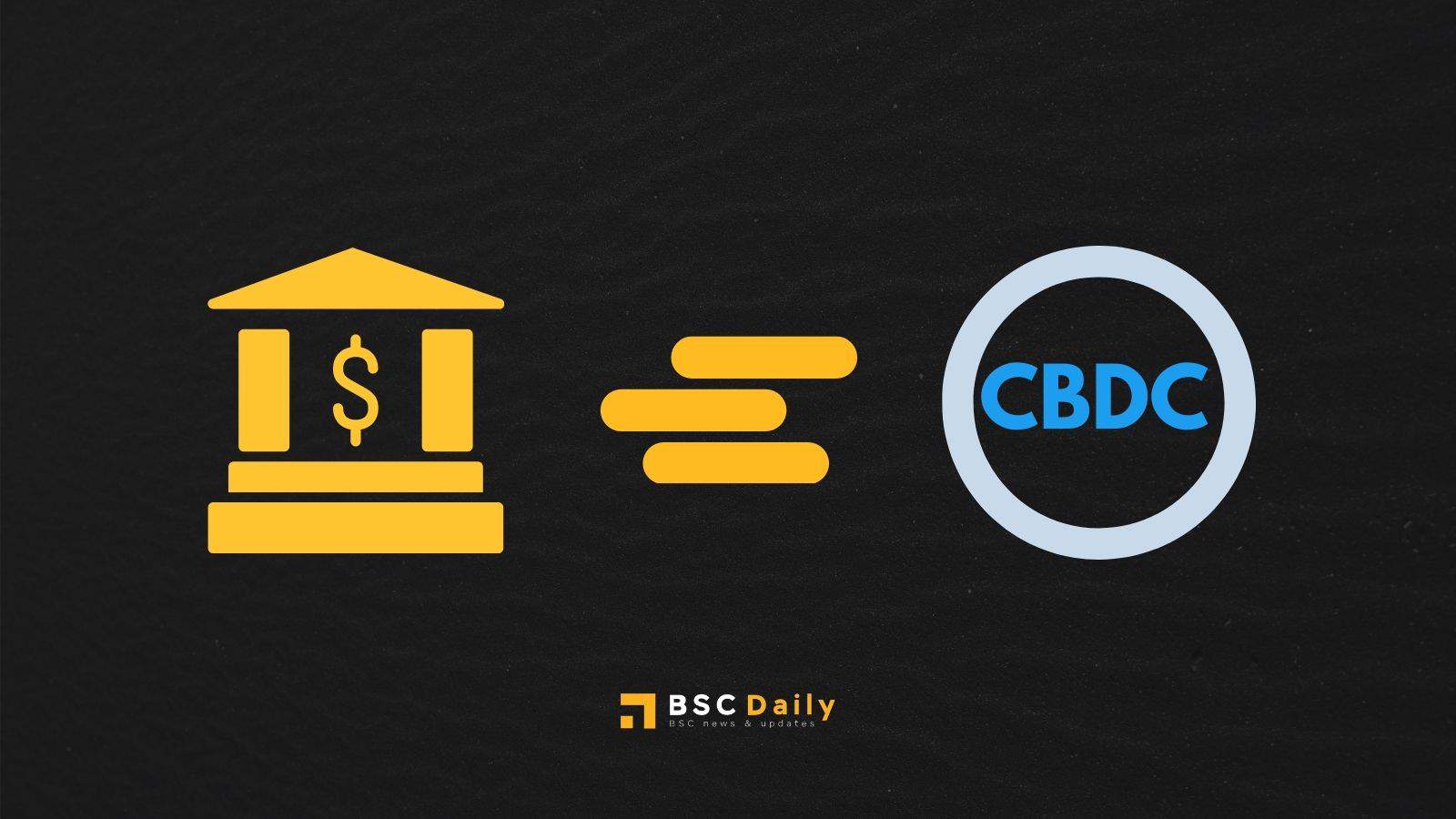As the world moves from currency to a global money economy, more and more countries are expected to accept Digital Currencies from the Central Bank.

Introduction
When the financial revolution started in 2009 with the emergence of Bitcoin as a digital currency, relatively few could imagine how massively conventional financial structures might threaten it. The majority of the governments paid no attention; perhaps they ignored it as a lively adventure that would inevitably perish. But when cryptocurrencies are introduced for financial transactions and value shops, many policymakers continue to appreciate creativity. They now take active steps towards being forever antagonistic, rather than ahead of the curve.
CBDC Definition
CBDC features
While the CBDCs’ working architecture is still being created, some of their features have been crystallized already. Examples of these attributes:
Centralizing
Cryptocurrencies are by their very nature decentralized and illegal. Anyone will render a contract anywhere without the central interlocutor. This unfairly causes central banks and makes policymakers quite nervous. Private companies have published cryptos, indicating that policymakers could not regulate their dynamics and were unable to integrate them into their economic policies. CBDCs will mainly be issued on approved blockchains, which will give government power through their central banks, in order to exploit the benefits of cryptos as digital payments while exercising influence over them.
They are legal tenderers
While cryptocurrencies have been widely accepted by society as a payment tool, they are not legitimate. It can be used only on the basis of reciprocal recognition by the culture outside the written code. In comparison, CBDCs should be used in any financial settlement by being supported by statute as the legal tender.
You can be marked digitally
Bitcoin is bitcoin in the United States in Africa. It’s limitless. The same refers to all other cryptocurrencies. The name of the issuer country would, on the other hand, be programmed by the CBDC provided by a foreign country, when used for cross-border transactions. This is most likely to vary digitally from that of another world. Any unit of a CBDC often has a unique identifier in order to prevent forgery, just like a note of paper currency.
You can be transformed
To stop duplicating currencies in a single region, CBDCs would be denominated and added to the fiat of the issuing country. This is significant since a CBDC can easily be transformed to cash and vice versa.
CBDC’s advantages
It increases transactional productivity and lowers costs.
Like transactions with cryptography, a CBDC owner can make direct payments to a beneficiary without a bank passing. In comparison, the conversion of capital through digital tokens is more effective and less expensive, as can be seen in blockchain technologies.
CBDCs will help governments combat illicit cash transfers, which cryptos are accused of promoting endlessly. The location of each CBDC given will be kept trackable. This is intended to prevent its use for criminal purposes.
The planet shifts constantly to cashlessness. CBDCs are a strong alternative to cash.
CBDC’s History
Many central banks and governments have been investigating the inclusion of CBDCs in their monetary system because of the creativity that blocks and encrypts brought to financial space. While no nation has completely adopted CBDCs, several test studies are currently determining their effectiveness and complexities.
The frontline is China, which drives the Yuan currency digitally as a part of government policy. This is achieved with the hope of allowing the use of Yuan as a worldwide trade medium. In Shenzhen, Suzhou and others, China has conducted several pilot projects in 2014. China is sure to be nearest to the complete rollout of CBDCs as a digital currency in the State.
Additional CBDC-led projects have also been introduced by countries such as the US, Japan, the United Kingdom, Canada, Uruguay, Thailand, Venezuela, Singapore, the Bahamas, Russian Federation, etc. Even more countries will eventually take the train as the world transitions slowly from a cash-based money economy to a digital one that suits up to progress.
Conclusion
Blockchain and cryptocurrency were commonly accepted by states in order to note the novelty and opportunity that digital currency brings. As the world transitions from cash to a digital currency economy, more and more States are expected to embrace Digital Currencies as part of their monetary policy. It is just a matter of time for countries like China to see complete launches worldwide, at the very advanced stage of their trial.


![The Complete Guide to Add Bitcoin to MetaMask Wallet ([currentyear]) 5 Add Bitcoin To Metamask Featured Image](https://coinwire.com/wp-content/uploads/2023/05/add-bitcoin-to-metamask-1024x683.jpg)
![Binance Futures Quiz Answers (Updated in [currentmonth] [currentyear]) 6 Binance Futures Quiz Answers Featured Image](https://coinwire.com/wp-content/uploads/2022/12/binance-futures-quiz-answers-1024x683.png)
![Buy Bitcoin with Apple Pay No Verification in [currentyear] 7 Buy Bitcoin With Apple Pay No Verification](https://coinwire.com/wp-content/uploads/2024/01/buy-bitcoin-with-apple-pay-no-verification-1024x683.jpg)
![How to Convert BEP20 to ERC20 Tokens Guide in [currentyear] 8 How To Convert Bep20 To Erc20 Token](https://coinwire.com/wp-content/uploads/2023/09/bep20-to-erc20-1024x683.jpg)
![11 Best DeFi Wallets in [currentmonth] [currentyear] (Tested) 9 Best Defi Wallet Featured Image](https://coinwire.com/wp-content/uploads/2022/11/best-defi-wallet-featured-1024x683.png)